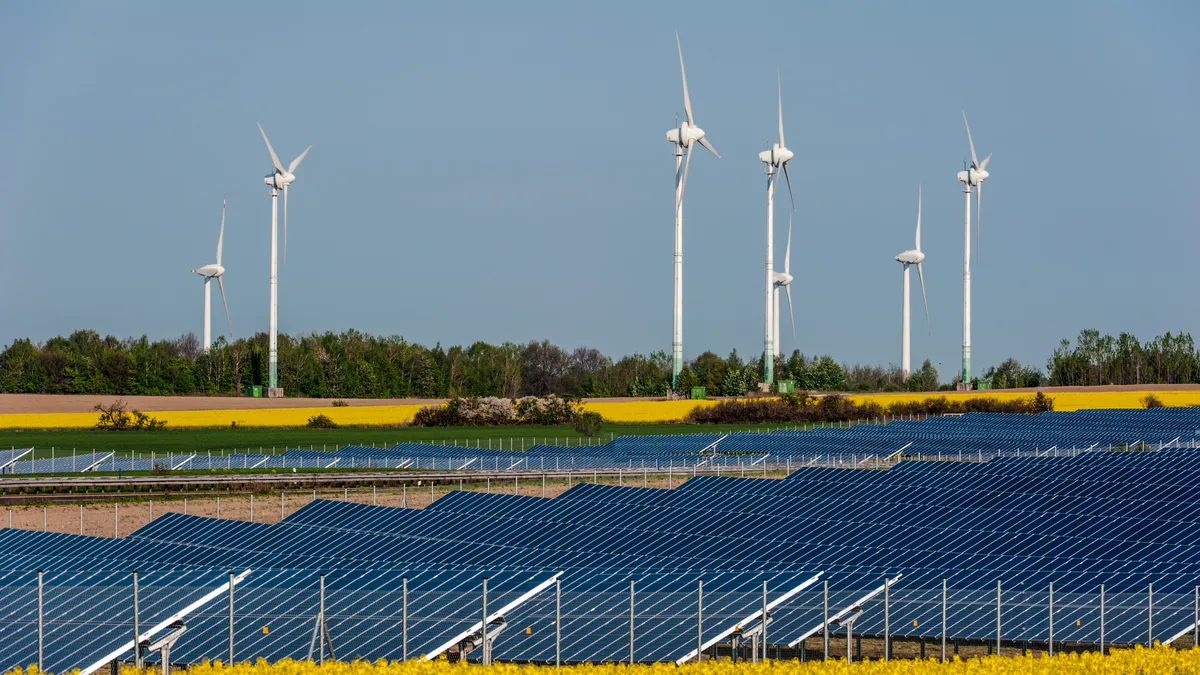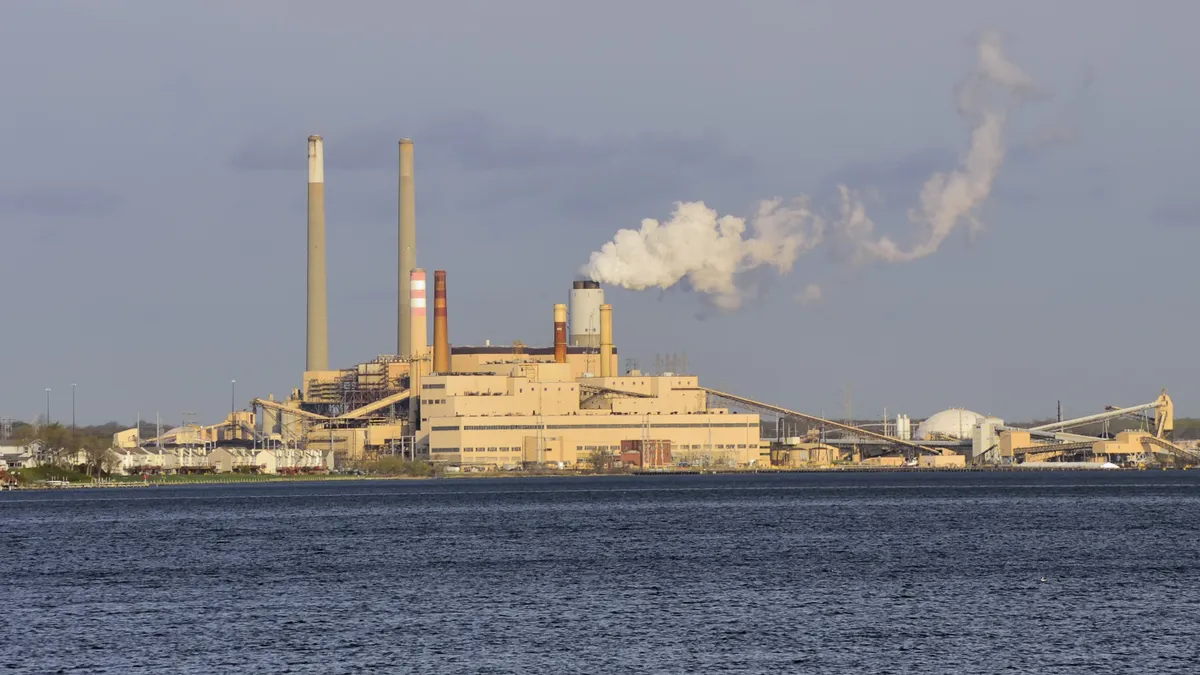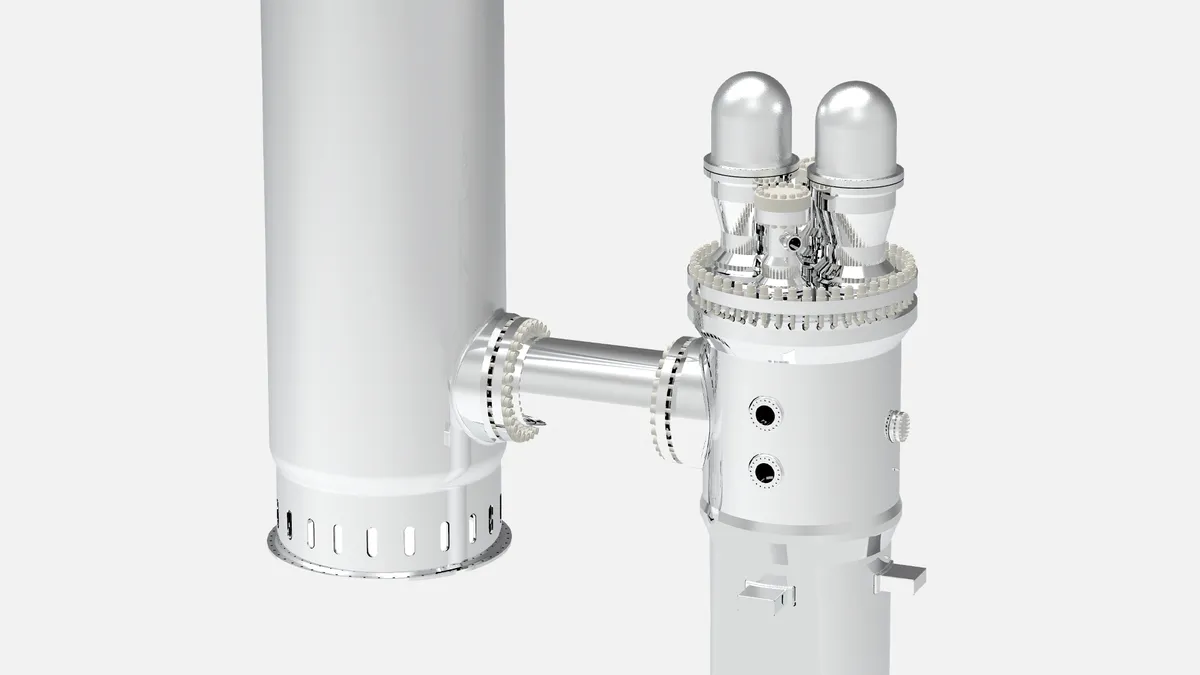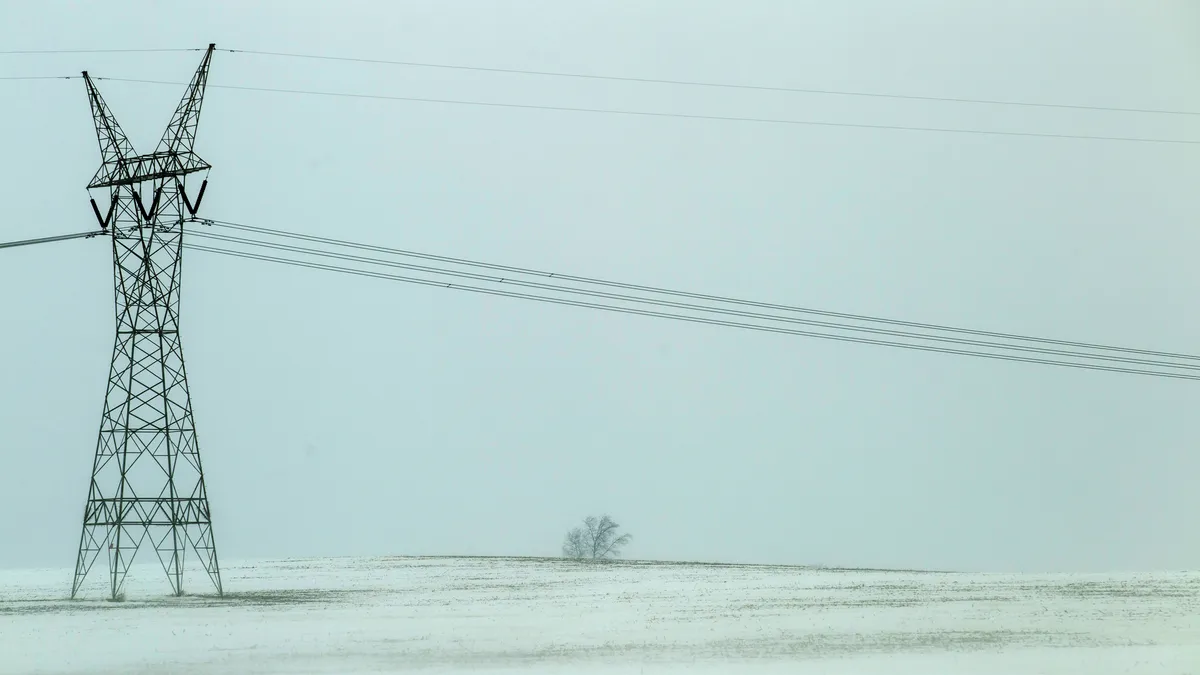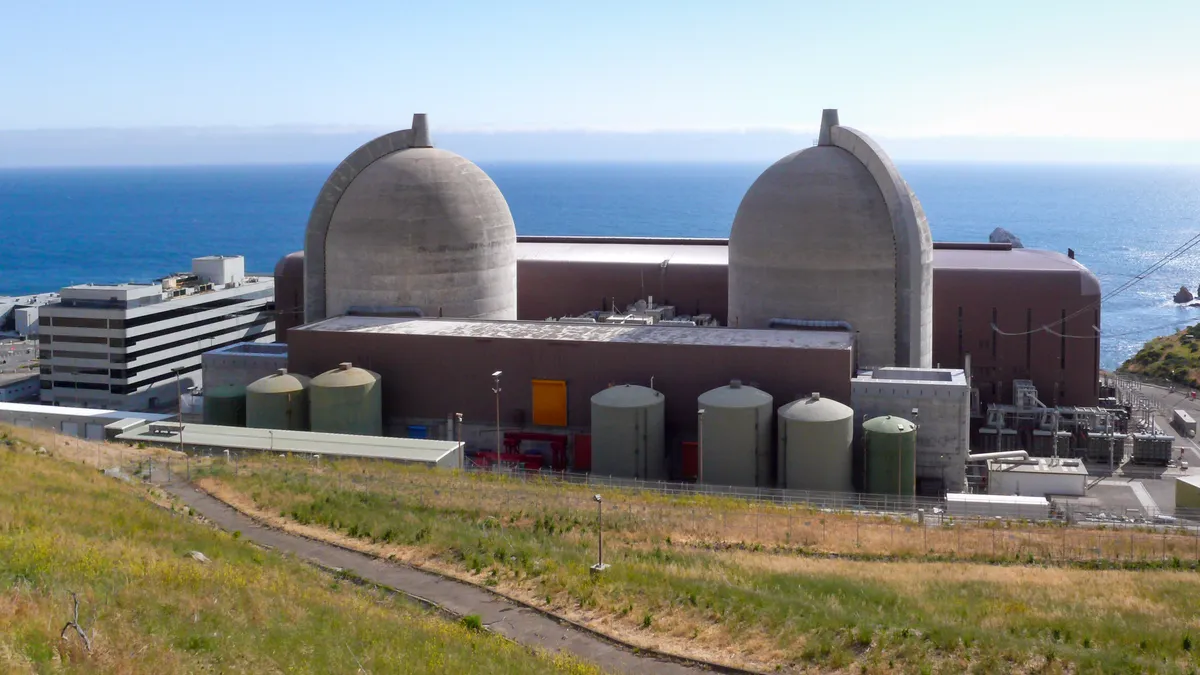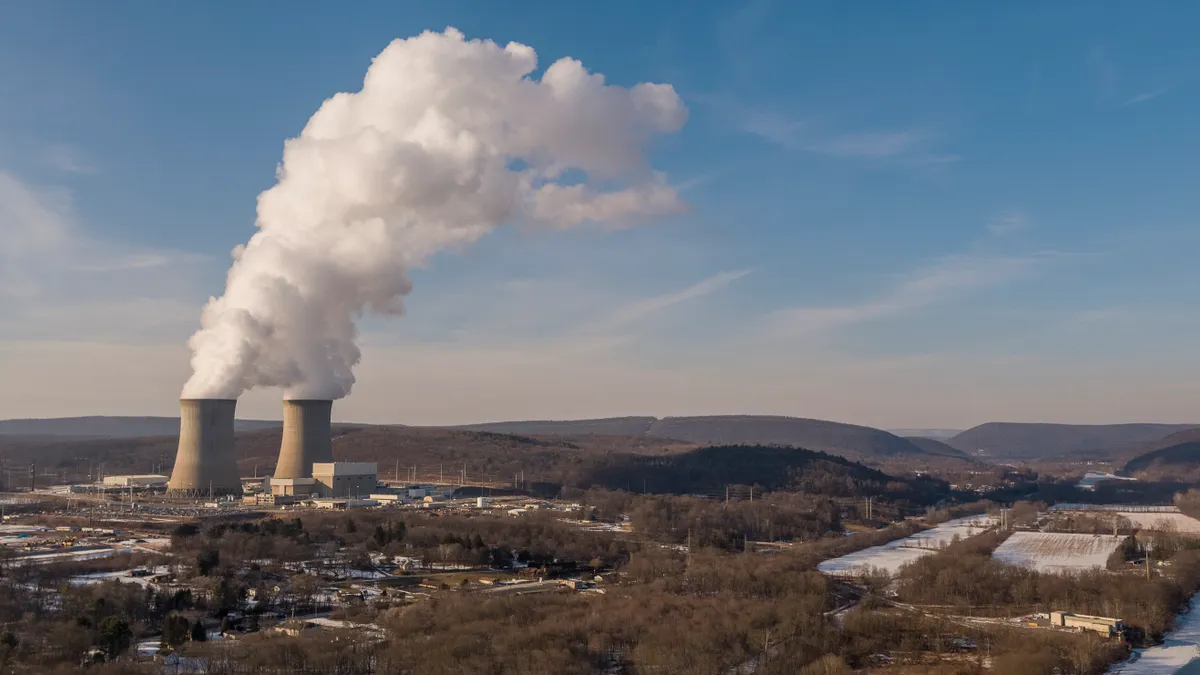California’s film industry may have taught the Golden State something that folks in other parts of the nation are just beginning to understand.
Around 1920, movies were silent, black and white, and largely quite crude, though there were occasional masterpieces. It was a lot like renewable energy around 2010.
As technology breakthroughs and economies of scale grew movie industry returns, the industry lured Wall Street capital that financed bigger, better, more profitable projects. That’s a lot like the history of renewables this decade.
Big studios, challenged by independent producers and stronger regulation, either adapted to disruption or went broke. California utilities, perhaps inspired by the trials of the old film houses, are leading the response to demands from their “audience” for more renewable energy.
The state’s three dominant investor-owned utilities (IOUs) topped the just-released Ceres/CleanEdge clean energy deployment rankings. Though the U.S. Department of Energy forecasts solar and wind generation will grow from 2015's 227 billion kWh to almost 1 trillion kWh in 2040, utilities in many other states have yet to jump on the bandwagon.
Even so, the report numbers show overall growth in utility renewables, and executives at both leader and laggard companies told Utility Dive that a paradigm shift toward cleaner energy solutions has influenced how they think about the grid.
“We are seeing pretty dramatic growth in the use of renewables by utilities,” said Dan Bakal, Ceres electric power programs director and lead author of “Benchmarking Utility Clean Energy Deployment."
“The percentages of new renewables are increasing significantly,” Bakal added. “State policy is a key driver.”
Most of the utilities in the Ceres top ten – including Sempra, Edison, PG&E, Xcel, National Grid, PSE&G of New Jersey, and Eversource – are in states that set more ambitious clean energy goals than federal policies, including renewable portfolio standards, cap-and-trade schemes and other policies.
A majority of 2014’s bottom ten – Duke, Dominion, Entergy, SCANA, American Electric Power, Florida Power & Light, and Southern Company – are based in or have significant presences in the Southeast U.S., where policy drivers for renewable energy are notoriously weak, Bakal added.
Leaders and laggards
Ceres surveyed the 30 biggest U.S. electric utility holding companies and their 87 subsidiary companies. Together, they account for an estimated 60% of U.S. retail electricity sales, the paper reports.
The companies were ranked in the total amount of MWh they generated from renewables in 2014 and in the percent of the company’s retail sales those MWh represented.
Four of the 30 IOUs – PG&E, Xcel Energy, Edison International, and Berkshire Hathaway Energy – accounted for over half the total renewable MWh sold in 2014. But those companies have large renewables portfolios in part because they are very large companies, Bakal noted. Renewable MWh as a percentage of total retail sales is a more valid and interesting way to compare the companies, he said.
The performance of Sempra Energy stands out, Bakal noted. Though its regulated utility, San Diego Gas & Electric, doesn't rank in the top 20 electric utilities by size, it sold the fifth highest number of renewable MWh among IOUs in 2014. It raised its percentage of renewables in retail sales from 23.60% in 2013 to 36.45% in 2014.
In California, PG&E went from 20.96% to 25.90% and Edison went from 21.57% to 23.15%. On the strength of Colorado and Minnesota wind, Xcel increased its renewables from 19.71% to 20.63%. They were the only IOUs besides Sempra to break the 20% mark.
The number of utilities with over 10% renewables grew from 11 to 15 between 2013 and 2014, with First Energy, Puget Sound Energy, Pinnacle West, and Alliant Energy joining the list.
Among leaders in growth, Pinnacle West went from 6.81% renewables to 10.22%, Eversource went from 11.12% to 13.08%, and, though DTE did not get into double digits, it went from 6.83% renewables in 2013 to 8.74% in 2014.
But not all utilities have bought in so quickly. Three utilities – Con Edison, American Electric Power, and FPL – got less than 1% of their power from renewables. Two more – SCANA and PPL – fell under 2%. But there was one less on the laggard list in 2014 because Entergy grew its renewables percentage of retail sales from 1.83% to 2.06%.
Duke Energy is the laggard analogy to Sempra, Bakal pointed out. Its sheer size and reach put it seventh on the list of MWh of renewable energy sold, but that constituted only 2.79% of its retail electricity sales, making it 22nd of the 30 utilities surveyed.
New growth drivers
For many utilities, policy is “no longer the only driver” of clean energy adoption, Ceres reports. While mandates have accounted for 60% of renewables growth to date, utilities’ portfolio mixes are now also being pushed toward renewables by big corporate and institutional customers with ambitious clean energy and sustainability goals.
Corporate members of the Renewable Energy Buyers Alliance, recently allied with IOU trade group the Edison Electric Institute, share the goal of adding 60 GW of private sector contracted renewables to the grid by 2025, Ceres notes.
Recent tax credit extensions for renewable energy and higher renewables mandates in California, Hawaii, New York, Oregon, and Vermont are expected to add momentum to utility renewable growth, the report added. The U.S. Energy Information Administration (EIA) forecasts utility-scale renewables to lead new U.S. power generation in 2016 and 2017, researchers noted.
Major utility regulatory initiatives in New York, California, Minnesota, and Hawaii are also expected to drive longer-term growth.
With these drivers, even laggard utilities have begun to realize the rise of renewable penetrations on their systems will challenge resource mix assumptions.
Florida Power and Light (FPL) has been working with utility-scale solar since 2008 and has begun studying the use of wind. With an average load of 25,000 MW and less than 350 MW of renewables now online, FPL’s Clean Energy Director Buck Martinez said he doesn’t think higher wind and solar penetrations will change the baseload generation dynamics “for a long time.”
But in 2015, Florida’s commission “told us to begin to factor renewables into our ten year planning,” he added. “The PSC is clearly beginning to understand that it is time to begin laying out our long term plans for renewables.”
‘Unprecedented shift’ in grid functioning
Even if some utilities are just beginning to plan for renewables, they are already causing a paradigm shift in the power sector. Global climate goals are expected to result in $1 trillion in annual investments through 2050, much of it going to new renewable generation capacity.
“Our analysis shows that the U.S. electric sector is in the midst of an unprecedented shift toward clean energy resources,” Bakal said.
Solar grew by a record 7.3 GW in 2015 to reach 25.6 GW, a capacity increase of 28%, the paper reports. Wind added 8.6 GW to reach 74.4 GW, an 11% growth.
Together they were over 60% of new U.S. generation capacity for the year, Ceres added. Rapidly falling power purchase agreement prices are expected to accelerate the trend. Energy storage’s nearly 250% growth from 2014 to 2015 and its forecasted 800% growth through 2021 will help accelerate adoption.
One of the big changes provoked by this rise of renewables is in the way utilities and system operators think about baseload generation, Bakal said. “Utilities need to recognize how the need for baseload generation is diminishing.”
The role of baseload resources is diminishing because of the evolution to a renewables-heavy grid, agreed California Independent System Operator Public Information Officer Steven Greenlee. “We need conventional resources to be flexible to integrate the larger set of renewables that we will be depending on in the future.”
The consequences of increased renewable generation for baseload plants were put into stark relief last month in the CAISO market, when PG&E announced it would shutter the Diablo Canyon nuclear plant, in part due to renewable energy displacing some of its generation.
Utilities at the top of the Ceres list are keenly aware that those types of changes to the power system are coming.
About 1% of PSE&G New Jersey customers have solar, but that grew 87% in 2015 and is on track to grow another 46% in 2016, according to Spokesperson Fran Sullivan.
Integration of renewables is “beginning to become a challenge in highly saturated areas, especially in cases where mixed generation sources are being co-mingled,” Sullivan said.
As the penetration of renewables grows, added Corporate Communications Director Paul Rosengren, “we do expect some impact on baseload generation and that the grid will need to migrate to more flexible resources to fill gaps.”
Xcel Energy grew its use of renewables by 26% from 2012 to 2015, got 23% of its power from renewables in 2015, and continues to work to improve its technologies and strategies for integrating renewables, according to Policy & Federal Affairs Vice President Frank Prager.
Baseload natural gas, nuclear, and coal generation remain central to cost-effective reliability “but system operations are changing,” Prager said. “In Colorado, we now operate our natural gas and coal plants based on the availability of wind generation, adjusting the output of our traditional plants as wind production picks up and drops off.”
“Renewable energy has changed how and when people use energy,” agreed Amber Albrecht, spokesperson for Sempra subsidiary San Diego Gas and Electric. Natural gas is “key” to the integration of renewables because of its flexibility.
“Our long-term procurement plan does not include any additional procurement of inflexible baseload generation,” she said.
Utilities at the bottom of the Ceres list are also beginning to get the message.
“Wind and solar make up less than 5% of the U.S. power mix but in the last couple of years renewables have been over 50% of incremental power added,” FPL’s Martinez said. “This is telling us that renewables have arrived. The costs and the technology have arrived.”
The challenge in Florida remains making sure the system has adequate baseload capability while leveraging solar “to displace fossil fuel when it is available,” he said. “We are not anywhere near replacing baseload for quite some time but the PSC's order to utilities to make it part of long-term planning is a big step.”
Solar roughly tripled on the Con Edison system in the last 3 years and the utility expects an average 8% annual growth going forward, according to Director of Distributed Resource Integration Damian Sciano
Solar remains less than 1% of system peak load, but ConEd engineers are already working on ways to better interconnect and integrate it and other new technologies into the utility’s planning process, Sciano said. The state’s Reforming the Energy Vision (REV) docket, which aims to align utility ratemaking with the deployment of third-party distributed resources is also expected to help drive growth.
“Based on our 10 year forecast, we don’t see a dramatic change in the role of baseload generation even with steady and solid growth rate of renewable energy,” Sciano said. “However, if we look at what has happened in areas like California, Hawaii, and Germany, that have higher penetrations rates of renewables, it is likely just a matter of time.”
The full list of utility clean energy rankings:


